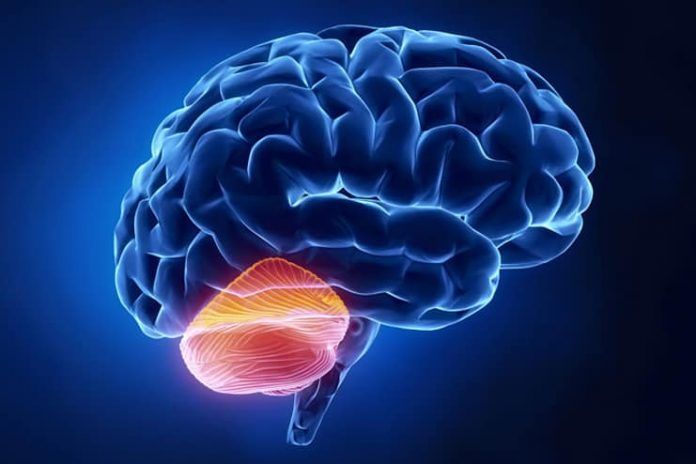Affiliate Disclaimer
Some links in this article are affiliate links. We may earn a small commission if you make a purchase through these links, at no extra cost to you. We only recommend products we find useful to our readersCerebellum, which has till now, been known for its contribution to balance and posture has been revealed to do more than just that. While the control, posture and balance are still under the major influence of the cerebellum, it seems like that this part of the brain is responsible for more than just that.
A new study (R) conducted by the researchers from the Washington University School of Medicine found that the cerebellum which was just known to influence the movement in the body is involved with higher brain functions as well. The researchers were quite adamant stating that overlooking the cerebellum is definitely not permissible because this part of the brain located in the underside of the cortical region is linked to attention, thinking, planning as well as decision making.
Nico Dosenbach, MD, PhD, an assistant professor of neurology, of occupational therapy and of pediatrics who is also the senior author of the study stated that the biggest observation from the study was knowing the cerebellum is associated with 80% of the cerebellum. He further exclaimed that while cerebellum does has its impact on the quality check for movement, it also has beneficial influence in smoothing and perfecting your thoughts.
The researchers conducted extensive imaging of their brain to find the wirings as well as the changes inflicted throughout. Scott Marek, who is the first author of the study implemented similar ways to achieve the same kind of results. While the MRI imaging has paved a very clear vision of the included wiring maps and connections throughout the brain for a better analysis, the only downside to it is the fact that the images obtained from the underside of the brain is often of low quality which is why researchers have not be able to trace a clear picture of how the cerebellum is organized.
It was in the Midnight Scan Club dataset that Marek has a direct access to over 10 hours of scan of 10 different people which is what helped him take a better and closer look at the wiring, placement and functionalities of the cerebellum. He used the networking in the cerebral cortex to match and map the same for the cerebellum as well.
Marek derived conclusions that the cerebellum does lack sensory networks contributing to vision, hearing as well as touch and only 20% of the cerebellum is dedicated to movement and posture while the rest of the 80% is responsible for contribution to the higher cognitive functions – mainly correlated with the attention and default network. It also has networks that are responsible for controlling the executive functions like decision making as well as planning.
To further probe into the matter, the researchers indulged in measuring the timing of the brain as well in which they found that the cerebellum made up for the last step in the overall neurologic circuit. The received sensory signals from the cortex end up relaying through intermediate networks through the cortex and finally ending at the cerebellum for further processing. The researchers believed that the signals are sent to the cerebellum for final checks following which it is sent back to the cortex for the outputs.
Dosenbach stated that the cerebellum is the centre which is responsible for cross checking and finding any flaws with the motor response before it is implemented out of the cortex. It is the site where all the thoughts and actions are controlled and refined for better accuracy and precision. Until now, people with damaged cerebellum have only been associated with uncoordinated movements and gait as well as slurred speech and difficulty in eating.
It has also been concluded that the cerebellum is quite sensitive to alcohol which explains why the excess of it in the system often ends up making the movements uncoordinated and makes you stumble around. While this was recorded with the previous studies, the new data from this new study is expected to provide explanation as to why there are salient effects on the lack of judgement.
Marek conducted individual network analyses on the 10 different people in the data set. He observed that even though the brain functions are more or less arranged in a similar pattern in everyone’s brain, there are individual differences in each of the scans which is what makes each one of them stand out from the rest.
The researchers are currently on the lookout for whether or not these differences in the scans have any kind of correlation to one’s intelligence, behaviour, personality traits or other kinds of psychiatric conditions.
Dosenbach finally concluded saying that majority of the people who are looking into the brain functions, for the most part; end up paying no heed to the cerebellum which does play a very significant role in the process. Even several researches chop out the data from the cerebellum because majority of the times, they don’t know what to do with the data or how to process it. When it comes to studying the brain functions, it is beneficial to keep every single aspect of the functions into account to ensure an overall approach to the findings and results.

















